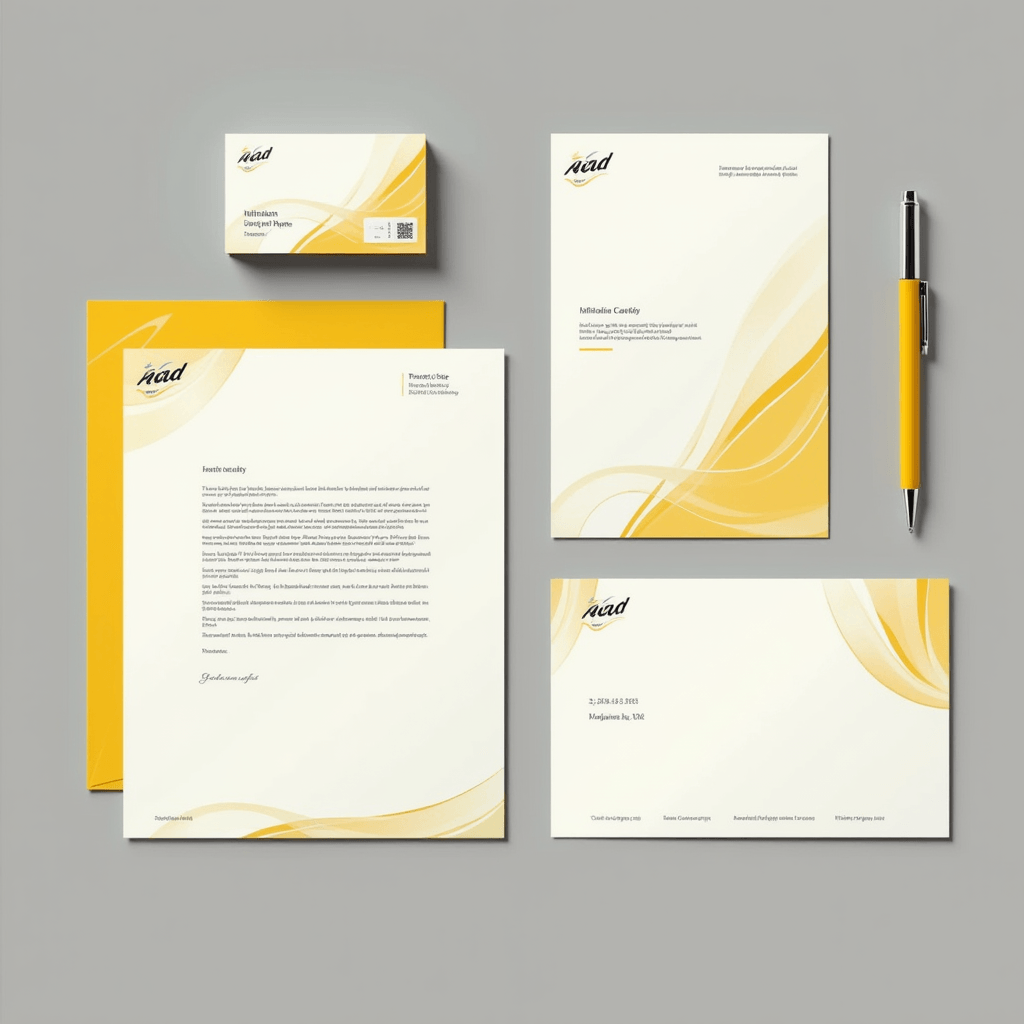
CGDream Flux Pro: Complete Buyer's Guide
Transforming text prompts into high-fidelity typography through advanced diffusion models.
CGDream Flux Pro represents a sophisticated AI calligraphy generation platform that transforms text prompts into high-fidelity typography through advanced diffusion models, targeting design professionals who need brand-consistent calligraphy at scale.
Market Position & Maturity
Market Standing
CGDream Flux Pro positions itself as a specialized solution in the rapidly expanding AI design tools market, projected to reach $28.5 billion by 2035 [15].
Industry Recognition
Proof of Capabilities
Customer Evidence
Documented case studies from design agencies showing workload reduction when generating invitations and merchandise assets [130][166].
Quantified Outcomes
Potential design time reductions for branding projects [126][128][133][166].
Market Validation
Addressing documented industry challenges with traditional calligraphy requiring 2-10 hours per project [14] and design agencies facing 47% workload increases [18].
Competitive Wins
Style accuracy preferences favoring Flux Pro over PromeAI's preset-heavy approach [129][131].
AI Technology
Advanced diffusion model architecture (Flux Dev and Pro) that generates diverse calligraphic styles significantly faster than manual processes [126][128].
Architecture
Image-guided style transfer capabilities combined with LoRa filter integration [113][124][138].
Primary Competitors
Calligraphr, PromeAI, Simplified AI.
Competitive Advantages
Image-guided style transfer system providing sophisticated control over preset-based competitors like PromeAI [129][131].
Market Positioning
Specialized player focusing on image-guided style transfer capabilities rather than broad preset library approach.
Win/Loss Scenarios
Wins when image-guided style transfer and organic brush dynamics are essential [113][124][138].
Key Features

Pros & Cons
Use Cases
Featured In Articles
Comprehensive analysis of AI Calligraphy Creators for AI Design for AI Design professionals. Expert evaluation of features, pricing, and implementation.
How We Researched This Guide
About This Guide: This comprehensive analysis is based on extensive competitive intelligence and real-world implementation data from leading AI vendors. StayModern updates this guide quarterly to reflect market developments and vendor performance changes.
216+ verified sources per analysis including official documentation, customer reviews, analyst reports, and industry publications.
- • Vendor documentation & whitepapers
- • Customer testimonials & case studies
- • Third-party analyst assessments
- • Industry benchmarking reports
Standardized assessment framework across 8 key dimensions for objective comparison.
- • Technology capabilities & architecture
- • Market position & customer evidence
- • Implementation experience & support
- • Pricing value & competitive position
Research is refreshed every 90 days to capture market changes and new vendor capabilities.
- • New product releases & features
- • Market positioning changes
- • Customer feedback integration
- • Competitive landscape shifts
Every claim is source-linked with direct citations to original materials for verification.
- • Clickable citation links
- • Original source attribution
- • Date stamps for currency
- • Quality score validation
Analysis follows systematic research protocols with consistent evaluation frameworks.
- • Standardized assessment criteria
- • Multi-source verification process
- • Consistent evaluation methodology
- • Quality assurance protocols
Buyer-focused analysis with transparent methodology and factual accuracy commitment.
- • Objective comparative analysis
- • Transparent research methodology
- • Factual accuracy commitment
- • Continuous quality improvement
Quality Commitment: If you find any inaccuracies in our analysis on this page, please contact us at research@staymodern.ai. We're committed to maintaining the highest standards of research integrity and will investigate and correct any issues promptly.